Features
Traffic Air Dispersion Model
CALRoads View
KEY FEATURES
CALRoads View is the best tool for modeling mobile sources because its wide array of features makes creating and running models so simple.
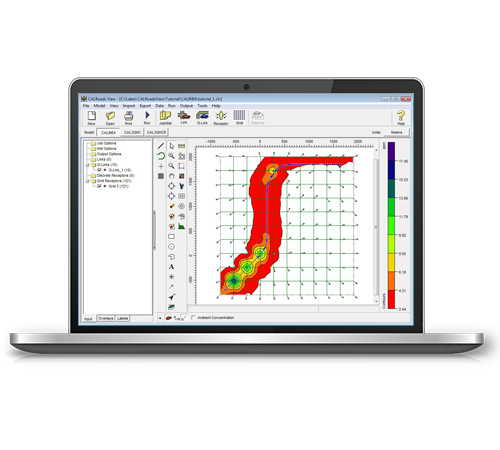
INTEGRATED GRAPHICAL USER INTERFACE
Fully integrated interface combining easy to use graphical tools (e.g., roadway links, and receptors), seamless model run, and automated contouring and posting of results.
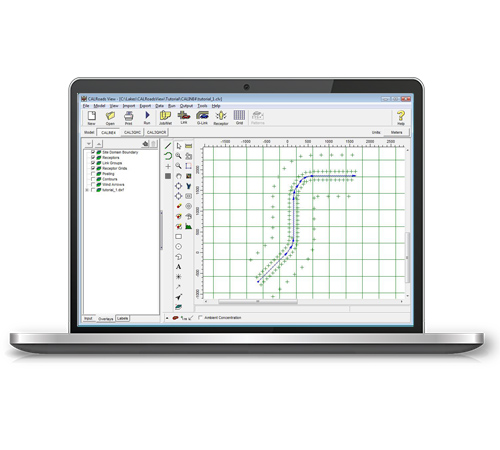
UNLIMITED RECEPTORS
CALRoads View allows you to run a project with an unlimited number of receptors, avoiding the restrictions imposed by the models. You can specify a Cartesian receptor grid, discrete receptors, and receptors along the roadways.
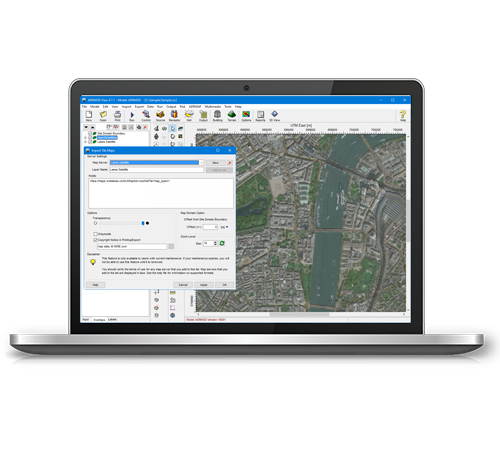
LAKES TILE MAPS
Automatically download and import high-resolution satellite and street map imagery into your projects. This makes it easy to graphically input new road links and receptors and provides a great spatial reference point for analyzing model results.
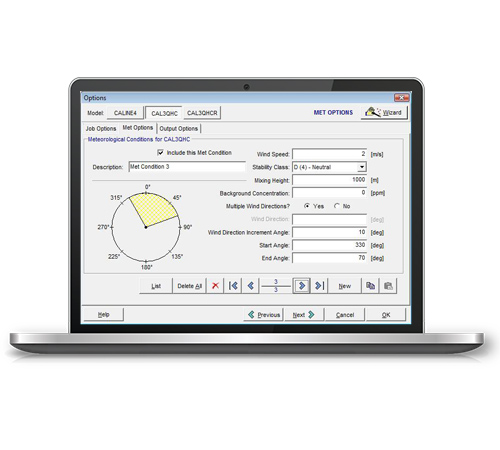
METEOROLOGICAL SCENARIOS
CALINE4: Specify the worst-case meteorological conditions. CAL3QHC: Specify one or more sets of met conditions to be analyzed. CAL3QHCR: Specify up to a full year of hourly met data.
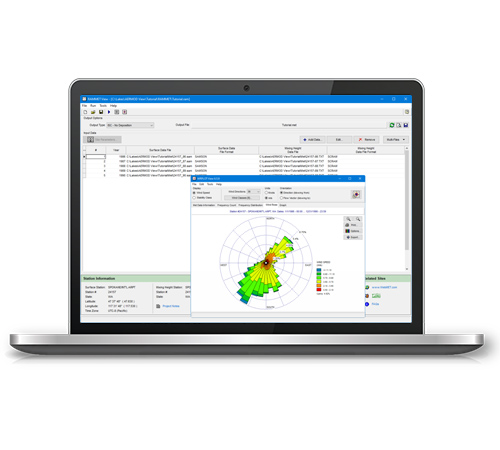
MET DATA PRE-PROCESSOR FOR CAL3QHCR
Pre-process meteorological data for the CAL3QHCR model with Rammet View, a full met data processing model included with CALRoads View at no additional cost.
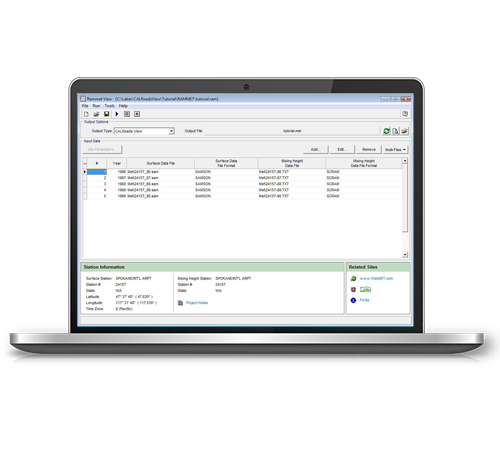
SEVERAL LINK TYPES
CALRoads View offers the ability to model free-flow traffic, intersections, parking lots, street canyons, traffic patterns and different receptor configurations.
ADDITIONAL FEATURES
There is more to CALRoads View than great looks. Each copy contains everything you'll need to complete your project without paying for costly add-ons.


